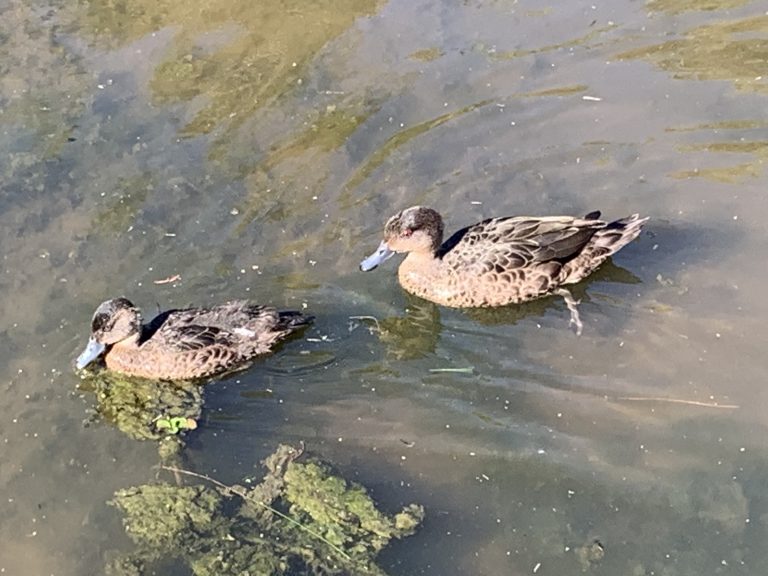A spring fed wet gully rainforest community still exists at Munibung Hill. Could it be that Munibung Hill was a permanent source of pure drinking water for millennia before Europeans arrived?
Importing a northern hemisphere worldview, pastures unsuited to the local soils, unpredictable climate and animals that compacted the soil, were hardly a recipe for living in harmony with the land and protecting these natural water reserves.
First People’s who lived, farmed and respected the land as an integral part of their being were considered primitive and their agriculture unproductive.
Rather than considering the land and water as one indivisible whole, the European way has been to move water on, to get rid of it, to drain and pipe it away and for many years to view wetlands as an annoyance to be reclaimed for human commercial purposes. In short, an engineering challenge.
The next two stories demonstrate that we’ve got some way to go. It would seem to remain true, that many people are still uneasy with our place in the landscape. The foreigner worldview persists.
Supply side thinking is depleting the earth’s water reserves
We complain about the dry times. We complain about the wet times. We try to get around water restrictions by doing what some residents are doing – sinking private bores, for the purpose of keeping lawns green and lush. Lawns are a carry over from Victorian England. Why would we want to grow water hungry monoculture species like kikuyu and couch when native grasses, like Kangaroo, Queensland Blue, Wallaby and native turf, that have evolved over millions of year, do a fantastic job with the rain that falls from the sky?
In contrast to this story about groundwater bore drilling to keep lawns green (ABC News, 16 Dec 2019) the next story about rain harvesting is a beauty ….
Planting the rain – bringing nature to life
This is an uplifting story of what amazing things would be possible if we could see, and partner with, the unseen natural abundance around us. With fresh eyes, problems transform into solutions, and previously unimagined wonders of life emerge.
Brad Lancaster shares the inspiring story of how he and others learned to see the rain differently, enabling them—and us—to plant it, rather than drain it. This approach results in the growth of vibrant irrigation-free oases throughout communities in dry times, which act as absorbent sponges solving flooding in wet years, and the regeneration of our neighborhoods and larger world in all years. Please share this story with everyone in your networks – let the ripple effect blossom.



